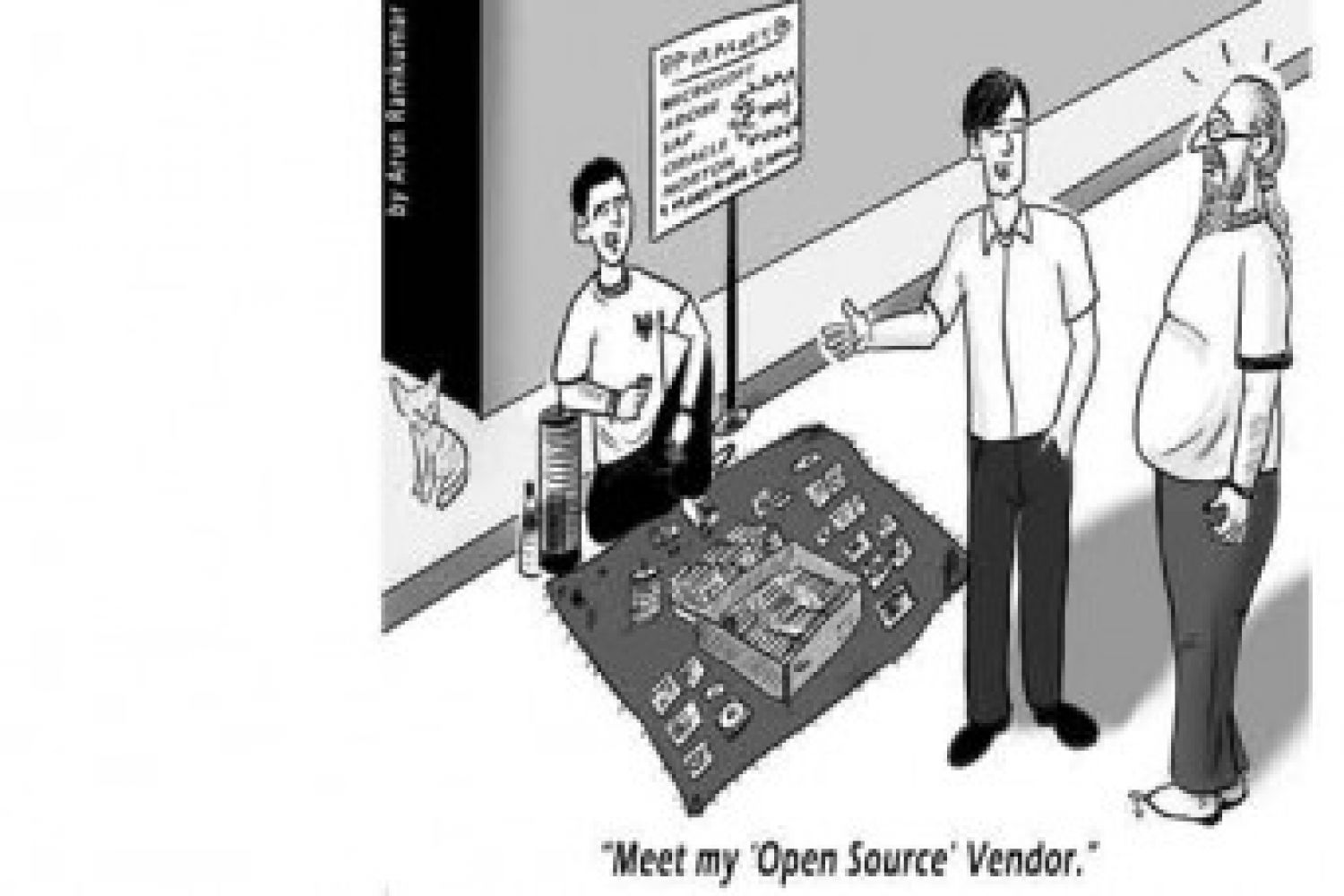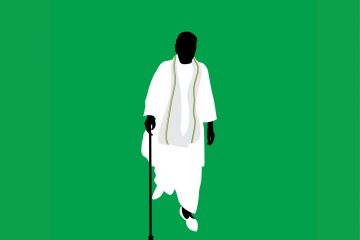
As a young journalist
many moons ago, I got fascinated with the idea of the power of information. Not
information itself, but its subversive and productive potential when freely
shared. It doesn’t take much time to realise that ideas passed around multiply
and enrich all involved.
This point came home even before the Internet became widely popular in India,
around the late 1990s. In those pre-Internet days, one would clip out
interesting articles, photocopy them, create a kind of rough-a





